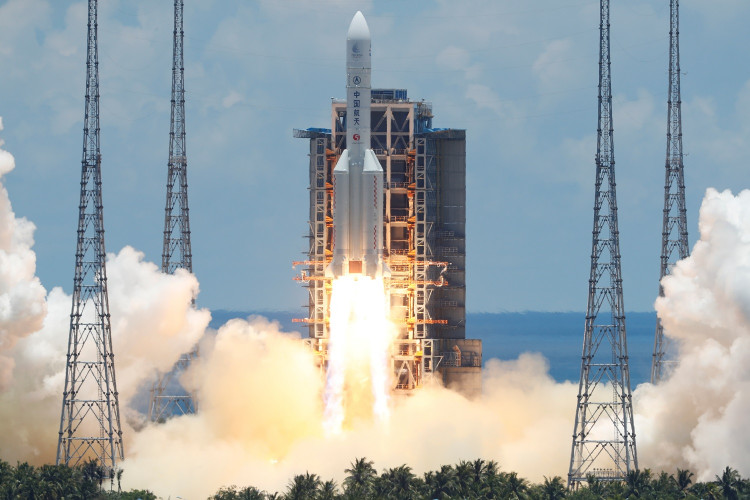An Indonesian cattle pen's fence was destroyed by a stray fuel tank, a house in the Ivory Coast was harmed by a chunk of a first stage, and an Oklahoma woman was injured by space debris.
According to a new study, the likelihood that the next space object would reach Earth's surface and cause fatalities are higher than most people realize.
The study, which is being directed by Michael Byers, a political scientist at the University of British Columbia in Canada, quantifies the possibility that within a given decade, space debris may strike a populous place on Earth.
Byers and his team estimated that in the next 10 years, there is a 1 in 10 probability that a spaceship fragment large enough to cause bodily harm or property damage may survive the journey through Earth's atmosphere.
Space debris has long been a hazard. Even hundreds of miles above, where spent orbital stages frequently end up, there is a negligible amount of atmospheric drag that slightly slows the orbiting object with each pass. It eventually slows down to the point that it begins to fall back to Earth. Even if a piece remains in orbit, it may meet with something and shatter into smaller fragments, some of which may be large enough to re-enter the atmosphere and strike the ground. These smaller fragments themselves may pose a threat to satellites and space stations.
The scientists utilized two techniques to determine the likelihood that space debris will impact the surface of the Earth.
One method examined rocket bodies that were 651 in number and had perigees (the distance from Earth) of up to 370 miles (600 kilometers). These rocket bodies are orbital stages that have been abandoned during the launch but have not yet returned to Earth. The amount that the orbit is inclined with respect to the equator varies for each of these rocket bodies.
The likelihood that one of these 651 rocket bodies will strike a person was calculated by the researchers using this data along with the population density beneath each rocket's orbit.
The second strategy extrapolated into the following decade the number of uncontrolled rocket body re-entries over the previous 30 years.
Combining these two techniques, the team developed a model that estimates the likelihood that someone, anywhere, would be hurt by a piece of falling space debris. They estimated that over the following 10 years, there would be around a 10% risk of a fatality.
According to the authors, although 1,500 rocket bodies conducted uncontrolled re-entries between 1992 and 2022, there are still an increasing number of rocket launches each year, therefore these predictions are cautious.






